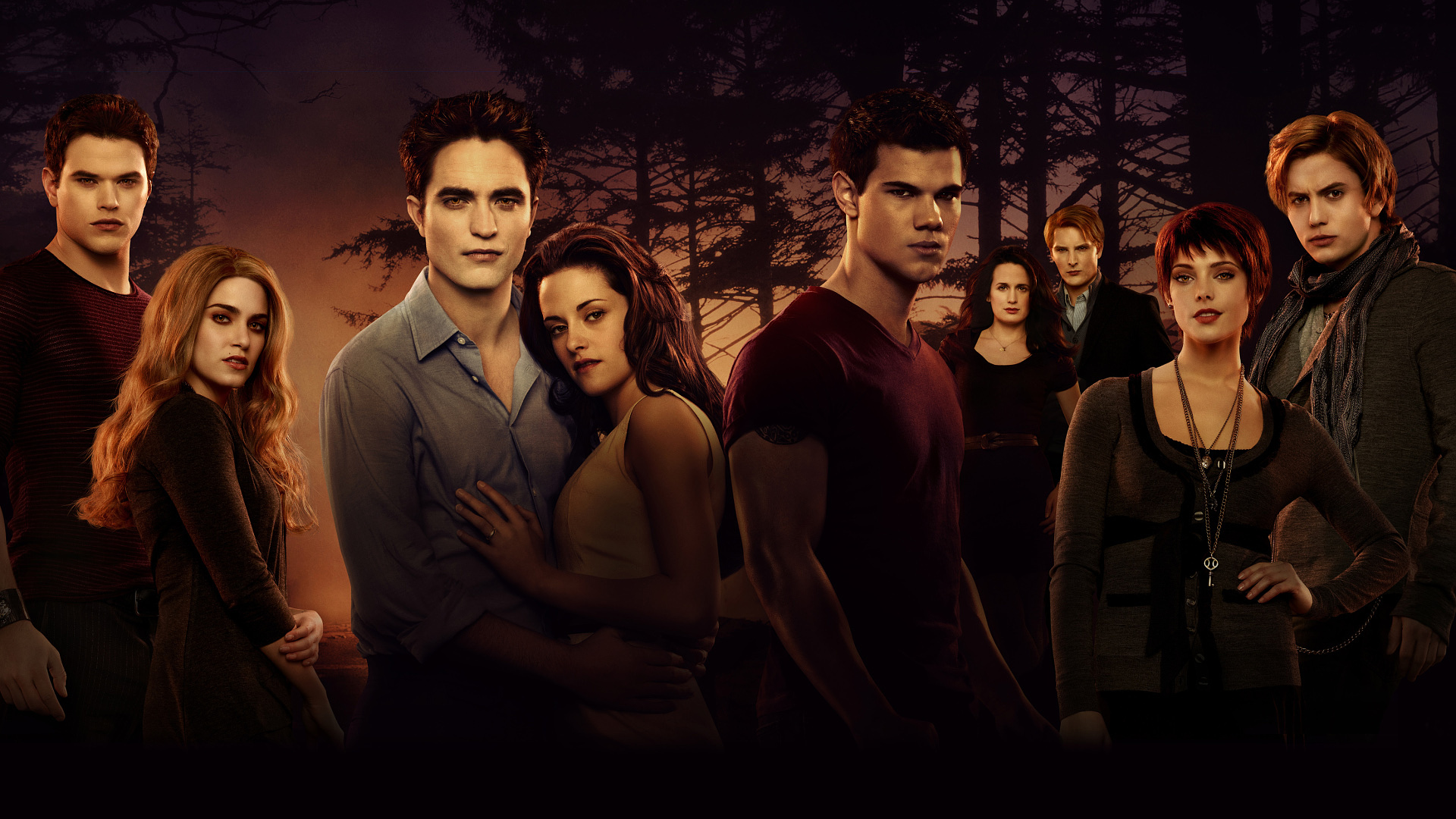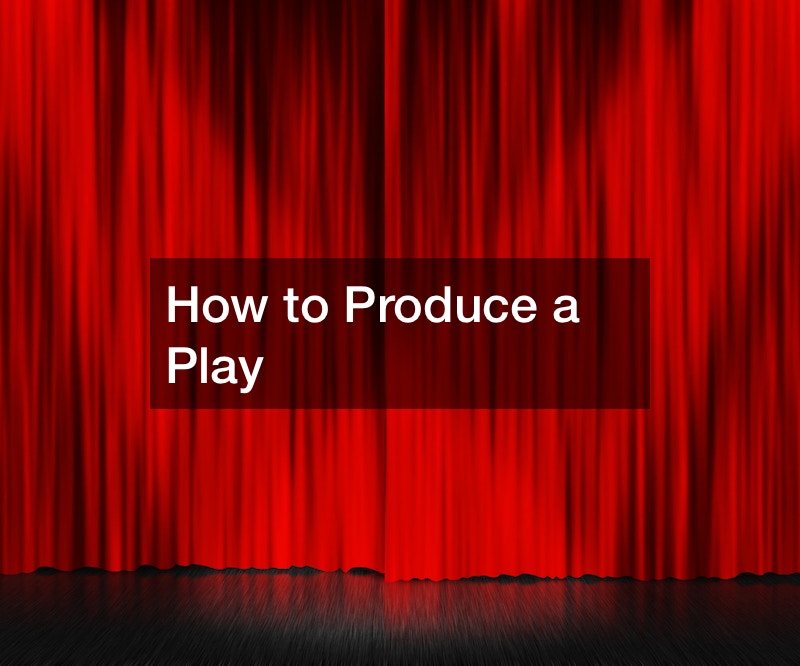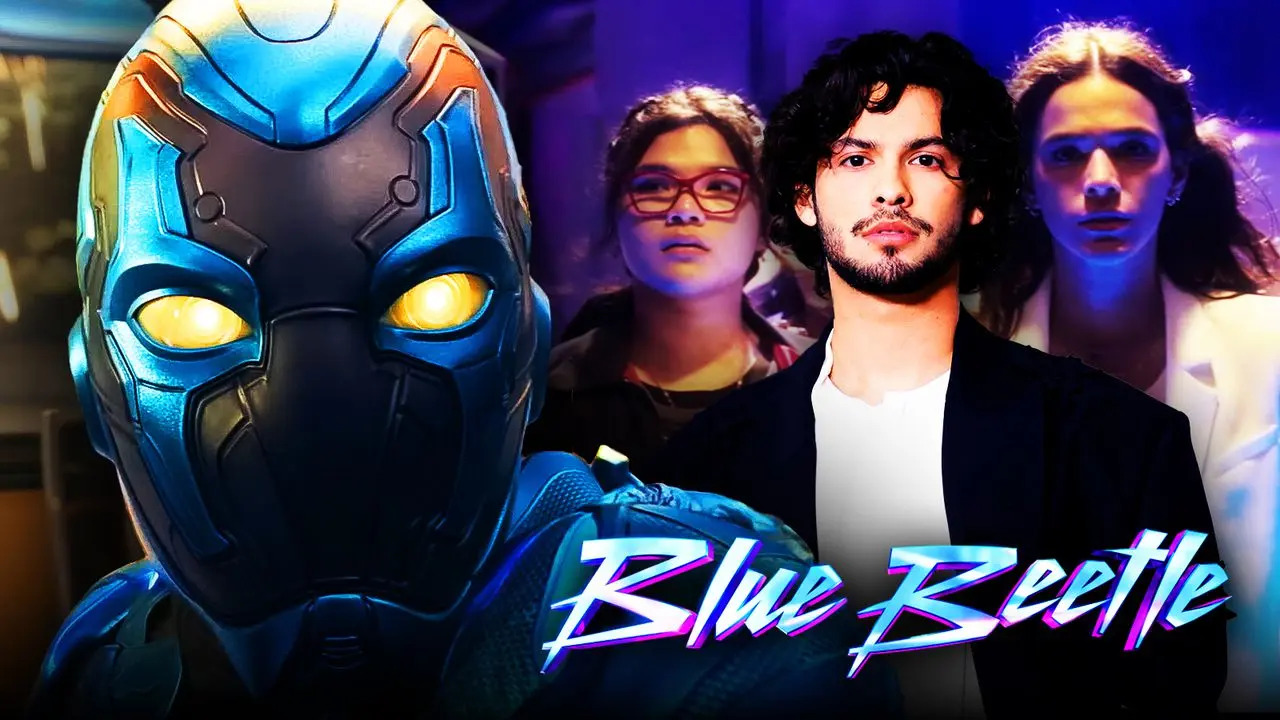We can’t fault the Twilight franchise for doing it when other young adult film adaptations are also guilty of doing the same after 2010. The Harry Potter franchise started it in 2010 when it released Harry Potter and the Deathly Hallows – Part 1. A year later, the Twilight Saga saw Breaking Dawn – Part 1. In 2014, The Hunger Games franchise released The Hunger Games: Mockingjay – Part 1. In 2016, the Divergent franchise released Allegiant, though the movie failed so badly that it never got around to releasing part two.
The late ‘00s and early ‘10s are rife with film adaptations of popular young adult novels. But, for some reason, Hollywood thought they could add a few million dollars extra to their annual studio profits by splitting the source material of the last installment of any novel series into two bloated movies leading towards the end.
While this does lead to more profit from fans and super fans who will definitely go see the movies even if studios decide to split one novel into ten different movies, it unfortunately creates poor plot and execution. While Avengers: Infinity War and Avengers: Endgame are probably the only exception to split endings failing miserably plot-wise, unfortunately, Breaking Dawn – Part 1 fails to prove while a split is necessary and was better off being a three-hour movie. Read on to find out why.
The Wedding
https://www.youtube.com/watch?v=UCadGnj1ynE
The film starts with the announcement for Edward and Bella’s wedding and the people in Bella’s life reacting to the wedding invite. Jacob runs away at the sight of the invitation. Bella’s father Charlie looks at the invite uncertainly. And then we see Bella’s mother, Renee, looking at the invite and smiling before calling her second husband.
Some people may call it filler in an attempt to pad the run time. After all, we know Jacob doesn’t like the idea of Bella being with Edward since New Moon. We know that Charlie has witnessed Bella acting out and getting hurt because of Edward and has never truly come to accept him as a son-in-law. And we actually never get to see Renee in an important role.
But I think this opening scene is what sets the mood for the movie and reminds us that this isn’t just any wedding. Jacob’s reaction to the invite reminds us the inevitable: Bella’s choice to marry Edward means she is choosing to become a vampire. Focusing on Charlie shows that Bella, who will look different after the wedding and whose vampire status may endanger him, will eventually have to leave him behind (in the books, Bella plans to fake her death from a sickness and thinks about how she’ll be staying still in a coffin during her fake funeral while he cries over her body). And we don’t just see Renee in any scene: we see her in her sunny beachside home, a place Bella can no longer visit once she becomes a vampire as she risks exposing her vampire skin under the sun.
What I think is filler in the beginning, however, is that scene of the Cullen household preparing the wedding. With enough intro to the fact that the wedding is taking place, the scene of Bella breaking in her heels and Alice leading the wedding preparations just come off as a filler that tells us what we already know about Bella’s personality. That one minute and twenty-second scene simply tells us one thing: that Bella’s wedding is tomorrow. That could have been done by a simple “show, don’t tell” scene in thirty seconds. And now that I think about it, the fact that Bella was getting married the next day could have just been mentioned in Bella and Edward’s scene after.

The next day, the wedding takes place and runs smoothly despite Bella’s pre-wedding jitters. We then see that Jacob has returned and Bella dances with him in the woods. There, she admits that she will consummate her marriage while still a human. Jacob, who believed that she would be transformed into a vampire before consummation, knows that this is a risk as she will still be a vulnerable human and protests. But before he can get aggressive with her and Edward, his pack arrives to restrain him.
The entire wedding part is relatively loyal to the books and has the right balance of original scenes (including the vow scene that’s sure to get #TeamEdward fans excited) and additional scenes to lighten the mood, though the wedding speeches came off as a bit of a filler.
The Honeymoon
For their honeymoon, Edward and Bella head to Esme’s private island located in Brazil. There, Bella nervously prepares to consummate her marriage to Edward. They eventually do so after a montage of her preparing, but the morning after, Edward sees the bruises he has caused as well as the damage he did to the bed in an attempt to control himself. Guilty and worried by the risk he poses (though I’ve never really understood in the books and films why he just couldn’t change her there and then), he promises not to touch her until she becomes a vampire.

We see another montage of Edward avoiding Bella’s advances and attempts to seduce him by keeping her occupied. Two weeks into their honeymoon, however, Bella gets sick. Originally thinking it was because of raw meat, she eventually realizes that she might be pregnant with a rapidly-growing half-vampire baby. She and Edward confirm this when she receives a call from Carlisle and Alice, revealing Alice had a vision of the baby. Edward rushes them home, determined to have the baby aborted as its vampire characteristics could be a threat to Bella’s health. Bella, however, wants to keep the baby and convinces Rosalie to protect her.
Bella’s Pregnancy
https://www.youtube.com/watch?v=vMSo4faQrZo
Jacob learns that Bella and Edward have returned early and discovers she has become pale, bone-thin, and sick. He supports Edward, Carlisle, and Alice’s belief that it should be aborted to save her, but she refuses to terminate her pregnancy despite her failing health. While Jacob doesn’t agree with her wishes, he decides to stay with Bella and help her through this time.
Most of the movie pads its runtime in this part as the Cullens and Jacob watch Bella grow increasingly sick. Eventually, her health improves when she tries drinking blood to sate the baby. As the baby develops, Edward is able to read its thoughts.
Birth of Renesmee
Weeks before the baby’s expected arrival, Bella, Edward, Jacob, and Rosalie are left in the house while the rest leave to make preparations. However, Bella’s backbone breaks as her body can no longer carry the weight of her pregnancy, causing the baby to start suffocating. Without Carlisle in the house, they attempt to perform a cesarean section on Bella, but Jacob has to lead Rosalie out of the room when she gets tempted by Bella’s blood and Edward finishes the procedure and pulls out their daughter, Renesmee.

Bella only has a few moments to share with her husband and daughter before she starts to lose consciousness. Edward tries to save her life by injecting his venom into her heart as well as biting her for added measure. However, despite his and Jacob’s attempts to revive her, Bella loses consciousness. Jacob runs out and sends word to the rest of the pack that Bella died. In a rage, he goes back inside to kill Renesmee, but he sees the baby and imprints on her.
For those who haven’t read or watched the previous novels, imprinting is when a werewolf finds their soulmate and becomes bound to them for the rest of their lives. This is not necessarily a romantic relationship, though it is in some cases. The werewolf becomes whatever the imprinted person needs them to be, whether it is a lover, a protector, or simply a friend. It cannot be controlled, nor can werewolves choose who them imprint on.
Another thing about imprinting is that because of the sacred bond between the werewolf and girl they imprinted on, werewolves are forbidden from harming the people their kind have imprinted on. Upon learning about Bella’s death, the other werewolves arrive to kill Renesmee thinking that she is a threat. But when they find out that Jacob has imprinted on her, they cannot kill her and leave.
Bella is a deep sleep and is cleaned and dressed. Her emaciated and wounded body slowly heals and she turns into a pale version of her normal body. When she opens her eyes, she has the blood-red eyes of a newborn vampire.
Meanwhile, in a post-credits scene, the Volturi learn about Edward and Bella’s wedding as well as Bella’s transformation. Aro, however, says that his feud with the Cullen family is not over as there is something he wants from them.
The Review
My problem with splitting Breaking Dawn into two unnecessarily long 2-hour films is that when you do that and there isn’t much to talk about, you end up with a lot of filler and padded runtimes. Now, it’s a given that the writers were good enough to make the filler scenes not feel like filler scenes and is meant to build up the relationships between characters. But when you break it down, these are the only parts that mattered:
- Bella and Edward got married.
- Bella got pregnant and kept the baby despite the risks.
- Bella almost died giving birth.
- Bella became a vampire.
While fans can appreciate the movie keeping some of the scenes in the book into the film, for the most part, it was just slow pacing and bloated just to justify the need for two movies. If we take the important bits of the second half of the Breaking Dawn book, we’d actually have a pretty decent movie. Sure, the movie may be much longer than three hours, but if Avengers: Infinity War can last two hours and 40 minutes without seeming like a drag because the film was packed with important scenes, then Breaking Dawn could have done the same with its own source material.
The Twilight Saga: Breaking Dawn – Part 1, Eight Years Later
One thing I will give Breaking Dawn – Part 1 credit for, though, is their handle of serious issues that plague us even eight years later: early marriages and abortion stances.
As much of a vampire romance fantasy the books and films are, the film stays true to the issue of early marriages and how people perceive them in real life. In Eclipse, Bella is fully aware what people will think of her marrying Edward right after their high school graduation, which is one of the reasons why she was against the marriage in the first place. However, her hesitance to enter an early marriage clashes with her need to turn into a vampire before her and Edwards’ ages become too distant for her liking.
And though we don’t see it in the films, in the books, Bella’s father Charlie suspects the two are rushing into marriage because Bella may be pregnant. Although it’s not added into the film, we hear this reference into a filler scene featuring Bella’s high school friends. While waiting for the wedding to start, Bella’s high school friends Jessica Stanley and Angela Webster have a conversation:

There’s also the issue of abortion. There is a pro-life message as Bella chooses to carry her child despite the health risks that come with it. To quote critic Sandie Angulo Chen, Bella uses the pro-choice line “my body, my choice” but takes a pro-life decision even if she knows her baby “can and will kill her.” Pro-choice advocates condemned this theme of the film as pro-choicers are forced to watch Bella waste away as the movie momentarily vilifies Edward, Jacob, and Carlisle for trying to convince Bella to terminate the pregnancy and Alice for repeatedly calling unborn Renesmee a “fetus” instead of a baby.
Screenwriter Melissa Rosenberg, who wrote the film’s screenplay, claims she is a pro-choice feminist and wrote the scenes in a way that didn’t violate her beliefs without destroying author Stephenie Meyer’s own beliefs written into the source material. So, while some pro-choice advocates criticized Bella’s choice to carry the baby despite the risks on her health, others found that Bella’s problematic choice is what gave her character. After all, she’s chosen love over self-preservation too many times in the series, and to pick the logical choice of her own health over her and Edward’s child wouldn’t sound like something Bella would do.
There wasn’t much to cover in The Twilight Saga: Breaking Dawn – Part 1 considering how thin the source material was. While it had its funny and dramatic moments mixed with themes that still ring true today, as someone who isn’t a super fan, I could have skipped this whole movie and only really missed the wedding and the birth – something I could easily pick up within the first five minutes of the next movie.
Stay tuned for my final review on the last installment of the film franchise!





